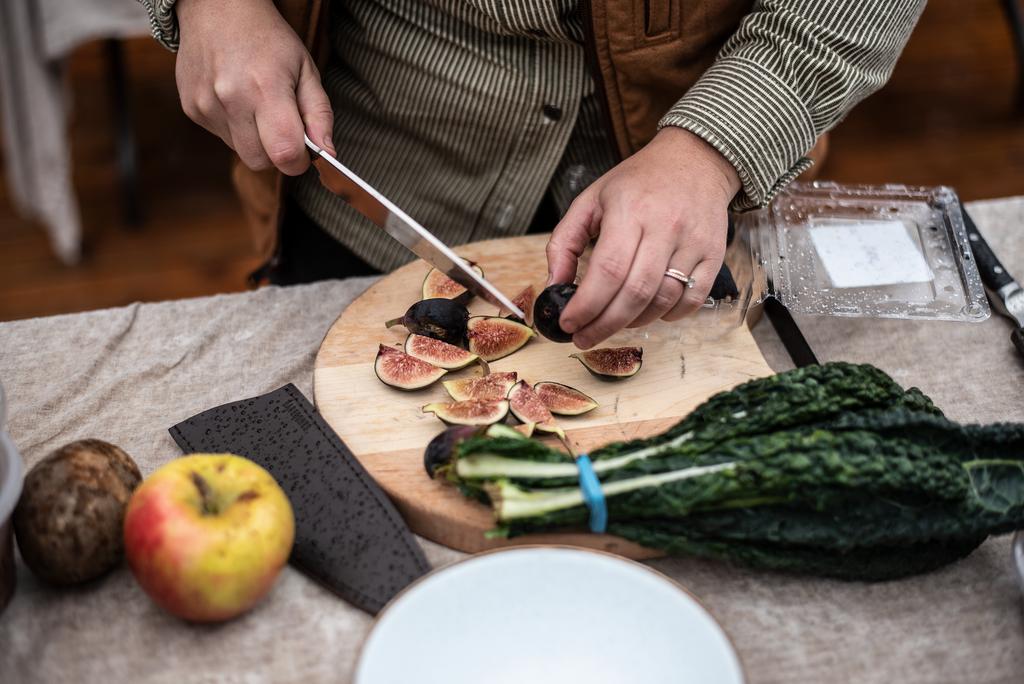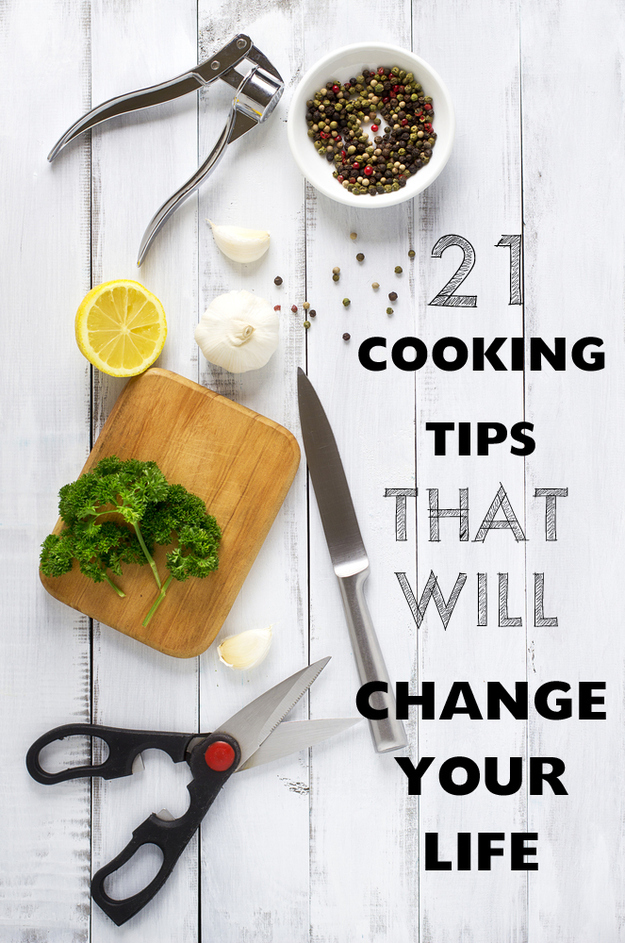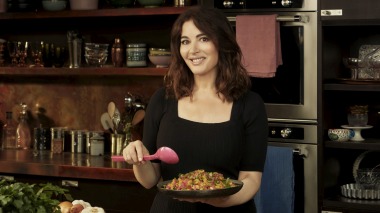
You should be able make a simple, but effective, checklist of your cooking skills for children. These skills can be used to develop creative recipes or ensure that the kitchen is safe. Here are some tips that will help you develop these important skills in your children. Here's a sample checklist:
List of essential culinary skills
In addition to a culinary degree, aspiring chefs should have a strong understanding of how to prepare food properly. These skills include the ability to identify freshness, prepare meats, fruit, and vegetables, as well as convert standard recipes into larger batches. The chef should be able to manage time and have a keen sense for smell and taste. Additionally, the chef must be able to use knives and other kitchen equipment properly.
Sauteing, a versatile cooking technique, can be used for many ingredients. Lightly sauteed vegetables and shrimp in garlic butter are particularly delicious. Braising is one of the oldest methods of cooking. It involves boiling on a fire. It is a fairly basic skill, but is still very useful. The first step to becoming a skilled cook is learning how to boil water. You should also know how to use a knife, and safety tips.
Creativity in cooking
Creative recipes are essential to your success when cooking a meal. They not only showcase your creativity but also your skills. Divergent thinking, also known as creative thinking, is a way to think outside the box and come up with new ideas. This is a crucial skill in a cooking career as it allows for you to experiment with different cooking techniques and flavours and impress your customers. Employers will appreciate your creative thinking and the ability to create new recipes. Think of different flavors, and think up interesting themes. For creativity to flourish, you can brainstorm and research different cooking techniques.

A problem with cooking skills definitions is that they can be inconsistent. While the authors do not agree on which one is more important, they do agree that the definition of the skill should change. The definition of a skill should evolve from the perceived Golden Age, when basic cooking skills were more advanced than a person's ability. To ensure a healthy and vibrant future of food, we must encourage their development and use.
Developing a safe environment in a kitchen
Your staff's health is at stake if you don't create a safe work environment in the commercial kitchen. Kitchens can be hazardous due to bacteria, electrical appliances, and open fires. It is important to create a plan for cleaning the kitchen and use safety equipment. Additionally, never leave young children unattended in the kitchen. A safety plan and proper training can help to prevent accidents.
All kitchen staff should be certified in fire-resistance or fire-safety. Training in fire-safety is offered by local fire departments. It is important that kitchen staff know where fire extinguishers or fire blankets are located, how they operate, and how to manually activate the fire-suppression systems. Training employees in CPR and first aid should also be given as needed. Kitchens should be equipped with non-slip flooring or mats whenever possible.
Identifying food safety hazards
Your safety program should include identifying food safety hazards, regardless of whether you're cooking for your family or catering for special occasions. Food safety is important because it can help prevent food poisoning outbreaks and product recalls. Failure to identify potential hazards could lead to brand damage, regulatory action, and even brand destruction. Codex HACCP compliance for food businesses is essential. Recognizing hazards is a crucial requirement.

There are many potential physical hazards that can inflict injury on humans. They can either be natural or manufactured and can also come from packaging or individuals. Different physical hazards are more likely to cause disease or injury than others. These hazards may not be inherently dangerous. But they must be detected and eliminated before they can cause any harm. To identify potential hazards and to determine how to reduce them, it is important that you identify the source of the problem. You can also inspect the product for signs of potential hazards.
FAQ
What is the best way to learn to cook?
Cooking is one of those things that everyone should know how to do. It's a great way to experience delicious food without having to learn how to cook. To learn how to cook, you must first find a recipe you like and then follow it carefully. Next, you'll want to practice making small changes to the recipe until you feel comfortable making the dish yourself. Finally, try cooking for others. This will help you improve at cooking and also allow you to test your skills.
What skills are necessary to attend culinary school
You will need to know how to cook, understand food safety regulations, and be able work under pressure in order to become a chef. To learn how to cook, you should take cooking classes at your local high school or community college. After mastering the basics, you'll be able to apply for a job at a catering or restaurant.
What are the advantages of using a slow cooker to cook?
Slow cookers are useful because they can make delicious meals in a fraction of the time. Slow cooker recipes are healthier than traditional ones because they use less oil and fat. Slow cooker recipes are also convenient as they can take care of themselves while your sleep.
What is the best career path for someone who wants to be a chef? How do I get started as a chef?
You should start as an apprentice if you are interested in becoming chef. Apprenticeships give you the opportunity to work for many years without having to pay tuition fees. After your apprenticeship, you may apply for a role as a sous chef. Sous chefs work with cooks to prepare dishes and supervise them. They oversee all aspects of the restaurant's operation.
What is the best way to store leftovers?
Tupperware containers work well for leftovers. These containers keep foods fresh and prevent odors from forming. They also keep foods warm longer. Freezer bags can be used to freeze any leftover food. To prevent air from escaping, freeze food in a bag. Once the food is frozen place it in an airtight container, such as a zip lock bag.
Statistics
- On average, chefs earn $58,740 a year, according to the BLS. - learnhowtobecome.org
- According to the BLS, chefs earn $58,740 a year. (learnhowtobecome.org)
- under 10 Kids have been taught that there is special food just for them, and Fiese says that 10 percent of kids will throw a tantrum if they don't get the food they want. (washingtonpost.com)
External Links
How To
How to cook a steak
The thickness of any meat will dictate the cooking method. Thicker steaks can be cooked on a low heat. Thicker steaks need to be cooked at higher temperatures.
Also, don't cook them too long as it will cause loss of flavor. You should always remove the steak from the skillet when it's done. This will prevent you from burning yourself.
Cooking times depend on the size of the steak and the desired degree of doneness. Here are some guidelines to help you get started:
Medium Rare: Cook until medium rare, which means the internal temperature reaches 145degF (63degC). This can take anywhere from 3 to 5 minutes per side.
Medium: Cook until medium, which means the internal temp reaches 160degF (71degC). This usually takes only 6 minutes per side.
When done well, cook until the internal temperatures reach 180°F (82°C). This normally takes 8 to 12 minutes per side.